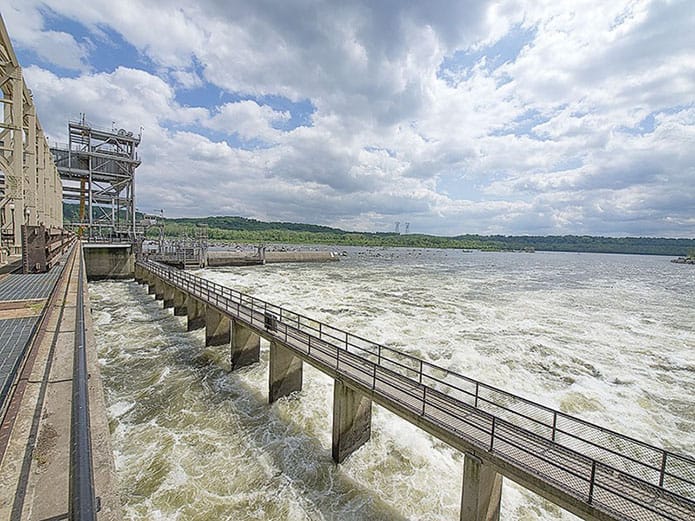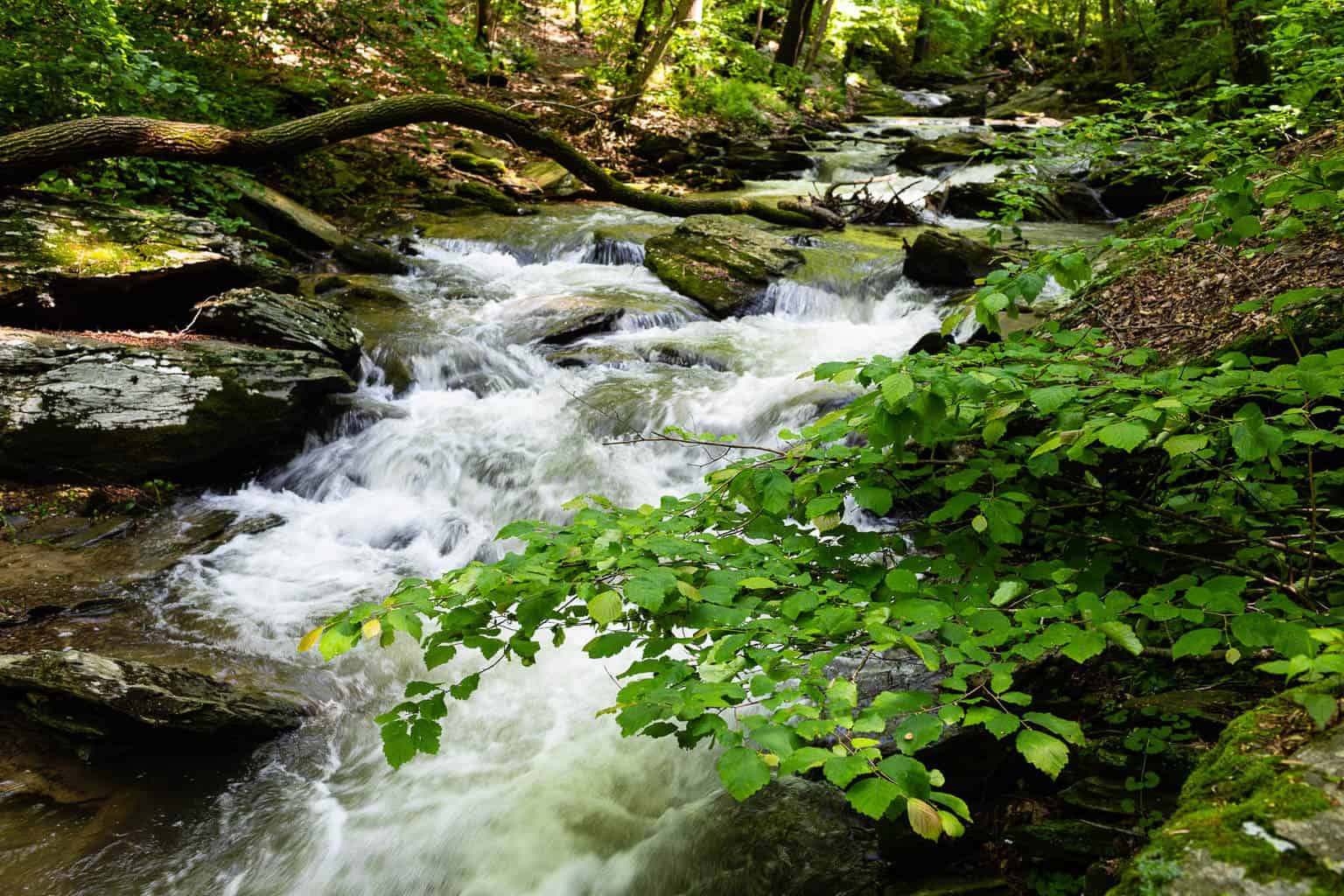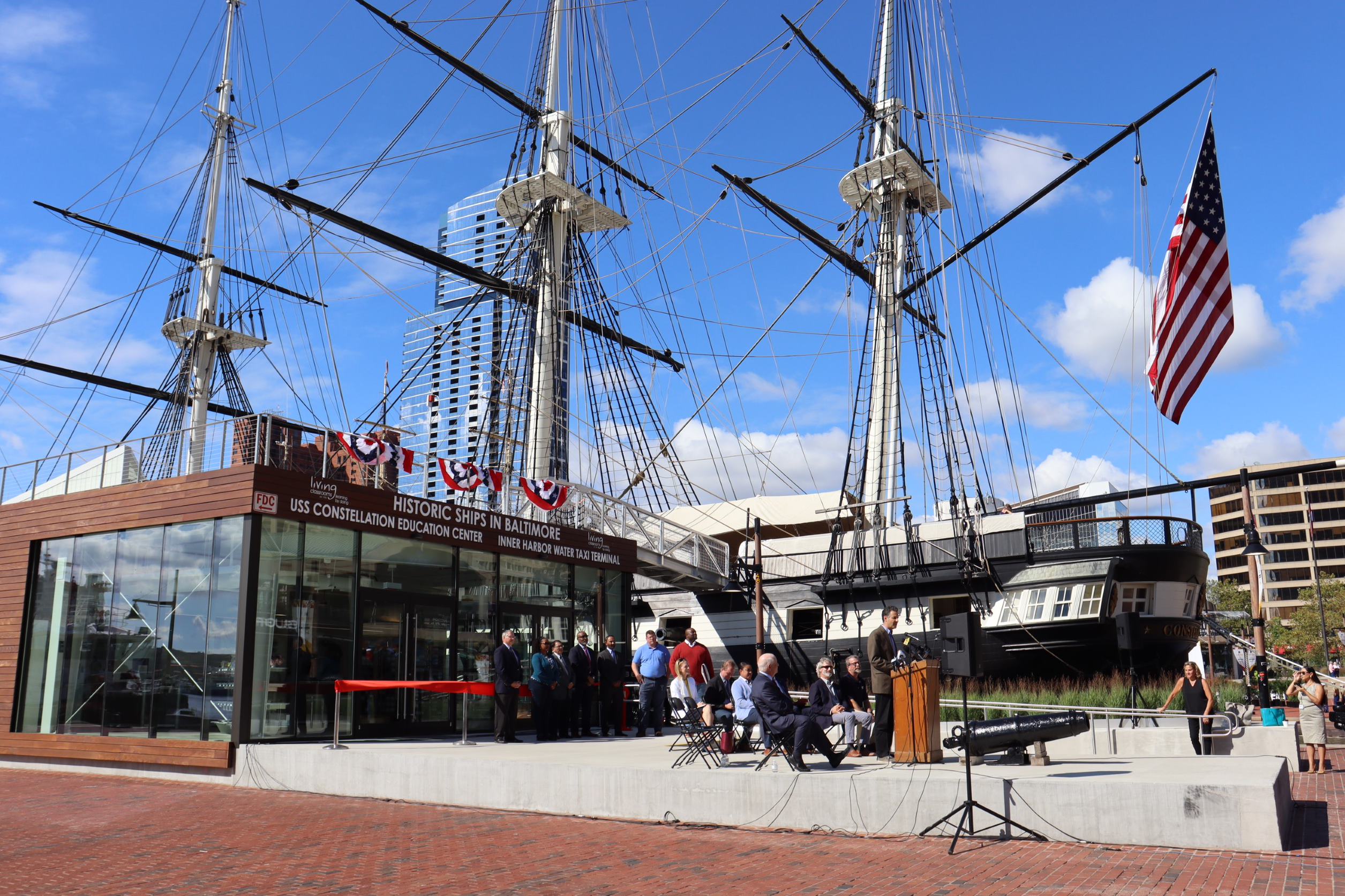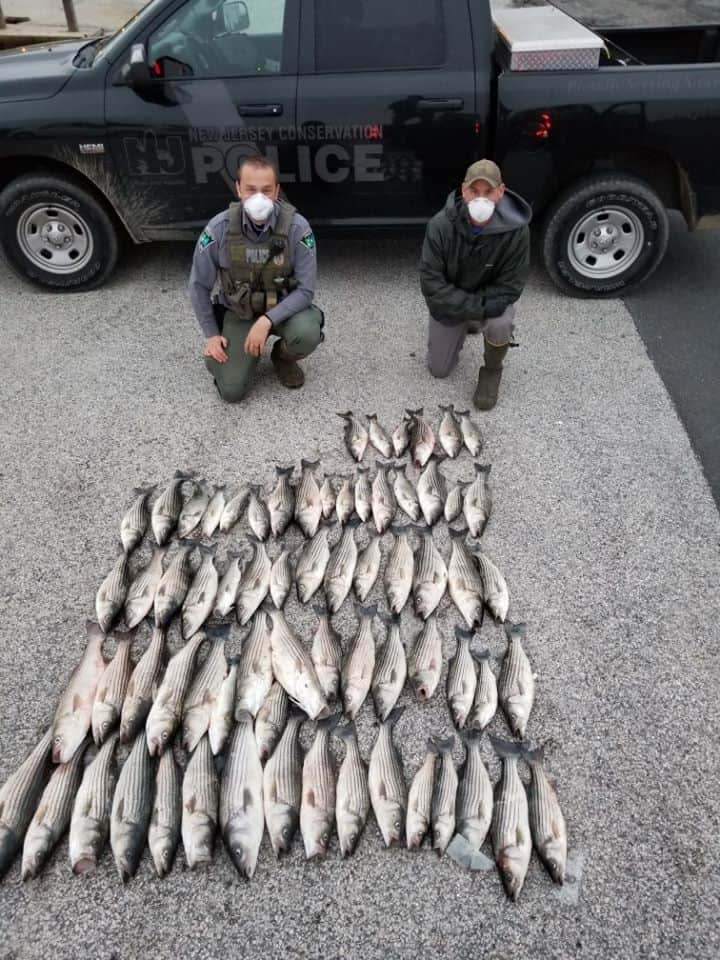By Karl Blankenship, Bay Journal News Service
The owner of Conowingo Dam on Friday challenged conditions Maryland placed on the hydroelectric facility’s continued operation, saying the pollution cleanup ordered by the state imposes an “unfair burden” that would cost “orders of magnitude” more than the dam is worth.
Exelon Corp. filed an appeal asking the Maryland Department of the Environment to reconsider its decision in late April requiring the company to pay up to $172 million annually to reduce nutrient and sediment pollution flowing past the dam and to make other changes in the dam’s operation to improve fish habitat and water quality in the lower Susquehanna River and Upper Chesapeake Bay.
The Chicago-based energy company simultaneously filed suit challenging the MDE decision in U.S. District Court for the District of Columbia and the Maryland Circuit Court of Baltimore City. Exelon said it went to court at the same time it asked the MDE to reconsider its decision because of the “seriousness of the issues at hand.”
“The dam itself does not produce any pollution,” Exelon said in a statement issued Friday. “Rather, the science clearly shows that the pollutants that travel down the Susquehanna River, from New York and Pennsylvania, are the source of the nutrients and sediments that flow into the Bay.”
At issue is how to resolve one of the more intractable problems facing Bay restoration efforts. For most of the past century, the 94-foot dam has been trapping sediment and nutrients that would otherwise reach the Chesapeake.
But the reservoir behind the structure has reached its capacity, and the once-trapped pollutants now flow into the Bay just 10 miles downstream.
The state-federal Bay Program partnership has estimated that it will require an annual reduction of 6 million pounds of nitrogen and 260,000 pounds of phosphorus to offset the impact of the dam’s lost trapping capacity. That would be roughly an additional 5 percent reduction for a river where nutrient control efforts are far behind schedule.
Bay Program partners plan to write a new cleanup plan to offset that additional pollution, but they have not indicated how those reductions — which come on top of the obligations states already face to meet cleanup goals — would be paid for, or who is responsible for implementing them.
Exelon is seeking a new 50-year operating license from the Federal Energy Regulatory Commission to continue generating power from Conowingo, one of five hydroelectric facilities along the lower Susquehanna River. But as part of the licensing process, Maryland has to issue a certification that operation of the dam will not degrade water quality.
Maryland issued that certification April 27, but it imposed numerous conditions it said were needed to mitigate water-quality impacts from the dam. Along with the requirement that Exelon fund nutrient pollution control practices, it called for other actions, such as additional efforts to curb debris that flows downstream and changes to dam operations that the state says affect downstream habitats for fish and wildlife.
In issuing the water quality certification, MDE Secretary Ben Grumbles said that the requirements were part of “a holistic approach, working with Exelon and our fellow watershed states, to meet our Bay restoration goals and help launch a restoration economy.”
But in its filings Friday, the utility countered that the state’s nutrient reduction requirement alone could cost more than $7 billion during the 50-year license period, expenses that “exceed, by orders of magnitude, the economic value of the Conowingo Project as an operating asset.”
Exelon contends that requiring a dam owner to remove pollution originating from upstream sources would have “precedent-setting implications for the hydroelectric industry.” The company called it “unprecedented” for a state to make such demands on a hydro facility.
“The health of the Chesapeake Bay is a shared responsibility, and we need to engage multiple states and stakeholders in an effective long-term solution,” Exelon said in its statement.
The utility also objected to additional requirements sought by Maryland for the control of trash and debris at the dam, which it also asserts comes from upstream sources.
In response, the MDE issued a statement saying it will “vigorously defend our comprehensive Conowingo plan to restore the river and the Bay. The Hogan administration is committed to using science, law and partnerships for environmental progress throughout the entire Chesapeake Bay watershed and the Conowingo plan is at the heart of our multi-state strategy to deliver the results Marylanders expect and deserve.”
Alison Prost, the Chesapeake Bay Foundation’s acting vice president for environmental protection, defended the state’s action.
“For decades, the Conowingo Dam has generated millions of dollars for its owners, who benefit from a public resource,” she said. “It is completely reasonable that Maryland now require them to help mitigate the pollution caused by the dam’s operation.”




